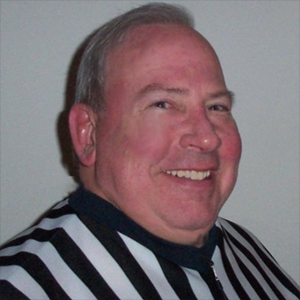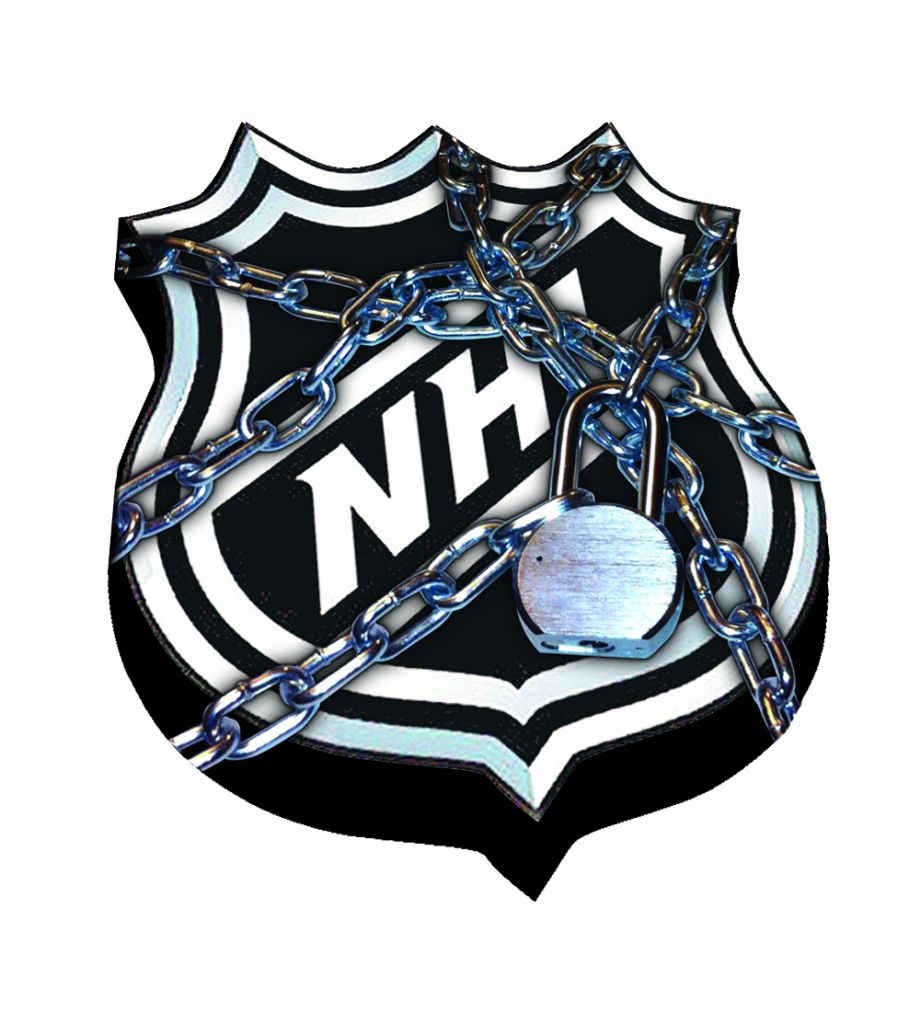
Rndballref
20 Years Experience
Chicago, IL
Male, 60
For twenty years I officiated high school, AAU and park district basketball games, retiring recently. For a few officiating is the focus of their occupation, while for most working as an umpire or basketball referee is an avocation. I started ref'ing to earn beer money during college, but it became a great way to stay connected to the best sports game in the universe. As a spinoff, I wrote a sports-thriller novel loosely based on my referee experiences titled, Advantage Disadvantage
seems reasonable...
The ball is still inbounds, unless the player who is out of bounds touches the ball. So, in your question, assuming the out of bounds player is not touching the ball ... PLAY ON!
Technically all players have to be beckoned in by a referee. As a matter of practice, I would not call the T unless the player's entry gave them a distinct advantage such as an undefended fast break.
The defender always has the rights to his vertical space whether he hits the ball or not. Based on how you describe it, I would see it as a good block, no foul.
Bracketologist
 Where do you think the Selection Committee needs the most improvement?
Where do you think the Selection Committee needs the most improvement?
NHL Team Marketer
 Is fighting in hockey good or bad for the game?
Is fighting in hockey good or bad for the game?
Hospice Nurse
 Do most patients in hospice know they are going to die soon?
Do most patients in hospice know they are going to die soon?
The placement of a throw in after a time out is the same as the placement after a violation or a non-shooting foul. The spot should be perpendiclar to nearest sideline oe endline. So imagine a diagonal line from the elbow of the free throw line to the corner of the sideline/endline. If the ball was on the sideline area of that line then find a perpendicular line to the sideline. If it is on the other side of the diagonal then the ball goes to the endline. If the ball was in the paint, then it is taken out on the endline at the closest line of the paint - never on the endline directly under the basket.
If the player had two hands on the ball and pushed it to the ground it is double dribble. If the play had one hand on top of the ball and pushed it to the ground it would be a dribble. If he then picked the ball up, he could not dribble again.
Normally, contact after a blocked shot would be considered incidental. So unless the contact is intentional or extremely harsh I would let it go.
-OR-
 Login with Facebook
Login with Facebook (max 20 characters - letters, numbers, and underscores only. Note that your username is private, and you have the option to choose an alias when asking questions or hosting a Q&A.)
(A valid e-mail address is required. Your e-mail will not be shared with anyone.)
(min 5 characters)
By checking this box, you acknowledge that you have read and agree to Jobstr.com’s Terms and Privacy Policy.
-OR-
 Register with Facebook
Register with Facebook(Don't worry: you'll be able to choose an alias when asking questions or hosting a Q&A.)